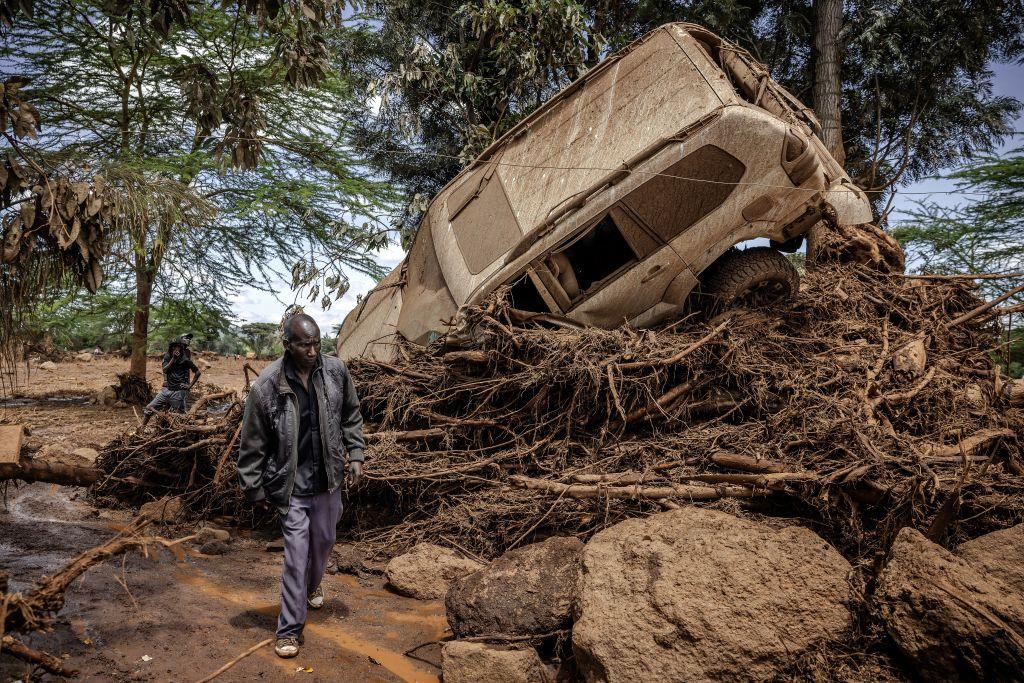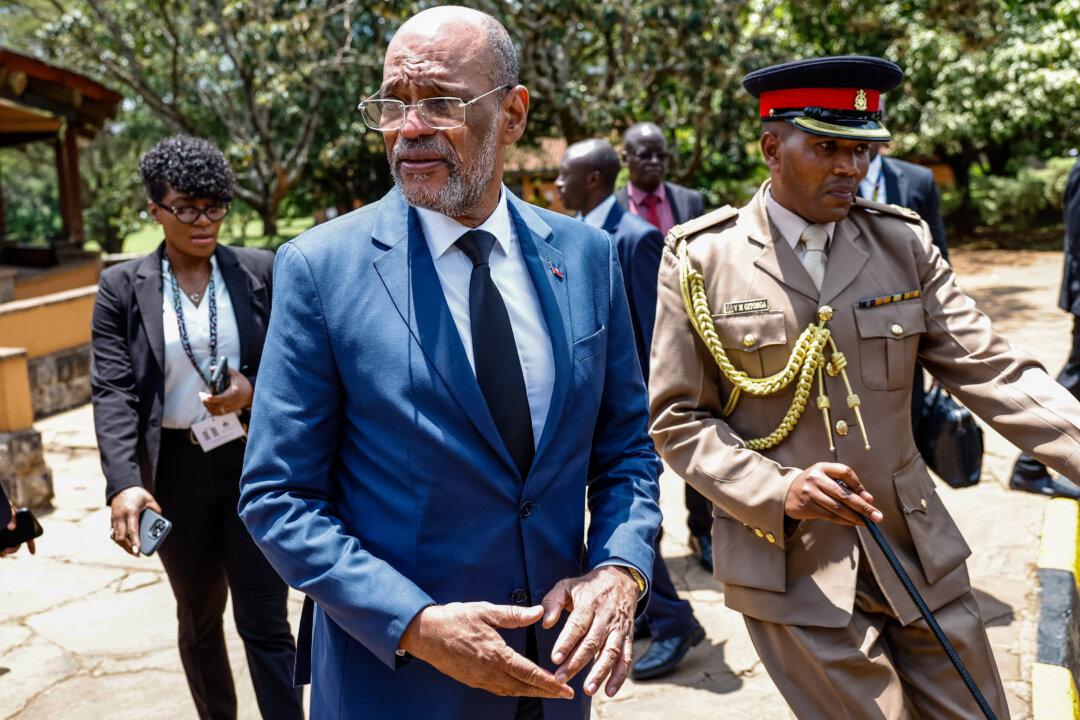NAIROBI, Kenya—The environmental footprint China is leaving in Africa through its projects, mainly the “One Belt, One Road” initiative, has sparked a heated debate on the continent in the past few years. The reason is that China is doing little to ensure that countries in which it has big projects are left with minimal environmental impact. In fact, they’re often left in far worse shape than when they were found.
Kenya’s President Uhuru Kenyatta recently gave the China Road and Bridge Corporation the go-ahead to construct an elevated 27-kilometer (17-mile) expressway linking downtown Nairobi to the Jomo Kenyatta International Airport. The aim was to ease traffic congestion and enable travelers catch their flights in a timely manner.





